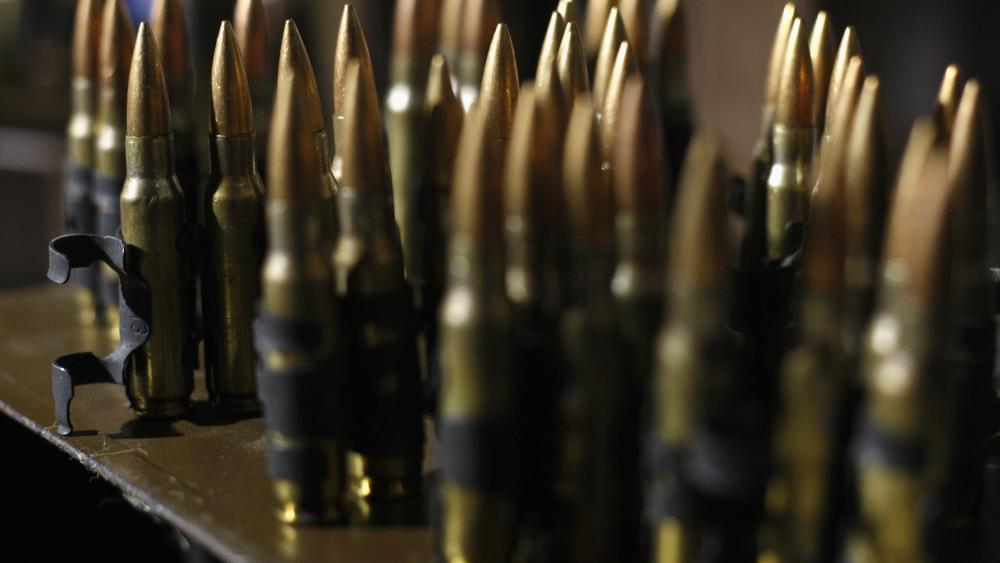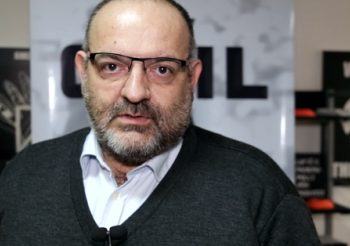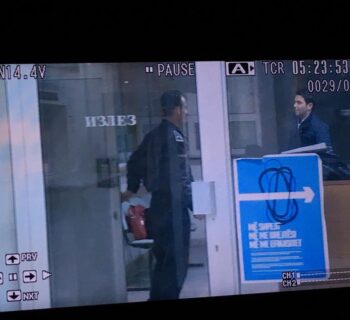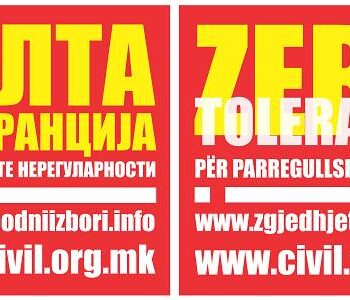CIVIL – Center for Freedom is participating in the Global Week of Action Against Gun Violence, in partnership with IANSA, which is being held since 2003. The theme of the global action this year is “The Road to Development and Peace Begins With Silencing the Guns”
In this context, this week CIVIL – Center for Freedom will publish a series of texts on the situation with the control of small arms and light weapons. Today’s topic regards the gaps in the participation of women and their representation in the fight against small arms and light weapons. There needs to be better understanding by the authorities of the links between arms control and gender issues. These links should be reflected in legislation and in other governmental processes.
The basic problems that IANSA recognizes concerning the inclusion of women are in regards to non-recognizing the connection between the control of arms and light weapons and the resolutions regarding women, peace and security.

The results of the Biennial Conference of the United Nations Member States do not reach the state agencies that have the authority to increase women’s participation. The policies of exclusion are a result of the weak coordination among agencies. There is a great lack of political will to institutionalize and implement the commitments for participation of women. There is a small number of women in the decision-making processes for arms control, which is seen as a solely male territory / issue.
The control of small arms and light weapons is considered to be the sole responsibility of the security sector. Because of gender roles, stereotypes and symbols, women are a minority in the security sector, which dominates in the control processes of small arms and light weapons. National policies on weapons (in developed and developing countries) are prepared without the participation of women groups, and often in consultation with groups in which men dominate, which do not reflect the concerns of women, nor the possible dangers for women that arise from the misuse of small arms.
The programs for disarmament, demobilization and reintegration (DDR) are usually intended for men and do not recognize women who do not carry weapons. The camps for demobilization are not designed to meet the needs of women as fighters, non-fighters or those accompanying male fighters. These programs rarely deal with issues such as reproductive health, psychosocial support and child care. There is a huge lack of mechanisms for ensuring participation of women in peace and security processes, and especially in processes for control of small arms and light weapons.
The influence of the male perception of men as warriors and protectors and of women as a powerless group that needs protection, along with the negative attitude of men and women towards the participation of women in the processes of control of small arms and light weapons, has an impact on the policies of exclusion of women in these processes. There is a serious lack of research in regards to the influence of women’s participation in the control of small arms and light weapons, as well as in other peace and security processes. There are also insufficient funds for efforts for creating a gender dimension of war and peace processes as well as DDR programs.
The guidelines for improving the situation with women’s participation in the control of small arms and light weapons are primarily in regards to recognizing the connection between the control of small arms and light weapons and Resolution 1325 of the United Nations Security Council. Resolution 1325 is the first formal and legal document of the Security Council for preventing the violation of women’s rights and support for participation of women in peace negotiations and post-conflict reconstruction, as well as protection of women and girls from sexual and gender-based violence in armed conflicts. This Resolution has become a framework for organizing the agenda that refers to women, peace and security.
This post is also available in: AlbanianMacedonian
 Македонски
Македонски Shqip
Shqip English
English









